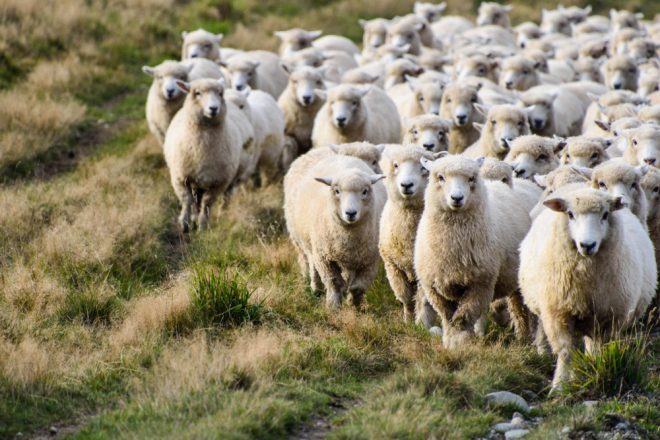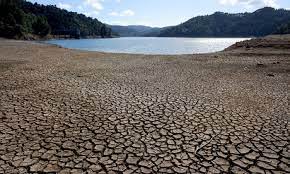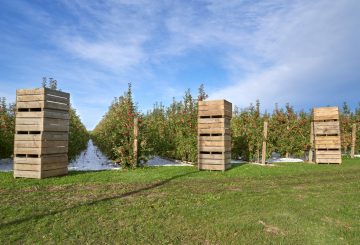뉴질랜드의 10월 한 달 동안 붉은 고기 수출액이 6억9300만 달러로 전년 동기 대비 27% 증가한 것으로 육류산업협회(MIA)가 분석했다.
양고기는 가치가 25% 증가한 3억 9백만 달러로 눈에 띄는 성과였다. 주요 양고기 시장은 중국이 25% 증가한 1억3,100만 달러, 미국이 54% 증가한 4,600만 달러, 네덜란드가 94% 상승한 2,900만 달러로 나타났다.
MIA의 CEO인 Sirma Karapeeva는 공급 제한과 주요 시장에서의 수요가 상호적으로 양고기 가격의 상승에 기여했다고 말했다. 브렉시트 관련 이슈와 호주 양목 재정비 등이 포함됐다.
카라피바 양은 “1분기 양고기 수출의 평균 FOB(Free on Board) 가치는 kg당 12.52달러였다”고 말했다.
이는 기록적인 수준이었고 월평균 FOB 가격이 kg당 $12를 넘은 것은 처음 있는 일이다.
“우리의 주요 글로벌 시장에서의 가치 성장은 전반적으로 볼 때 28% 증가한 2억3,100만 달러, 공동 제품은 30% 증가한 1억5,300만 달러로 나타났다.”
전체적으로, 뉴질랜드의 붉은 고기에 대한 중국의 수입 가치는 34% 증가한 2억6,200만 달러, 미국은 47% 증가한 1억3,800만 달러, 일본은 29% 증가한 3,100만 달러, 네덜란드는 76% 증가한 3억3,000만 달러였다.
영국의 EU으로의 양고기 수출은 Brexit의 영향을 받았다고 밝혔다.
영국의 양고기 수출의 약 90%는 보통 27개의 유럽 연합 국가들에게 들어가지만, 올해 들어서는 그 시장에 대한 수출은 24% 감소했다.
뉴질랜드 붉은 육류 수출 27% 증가





























































